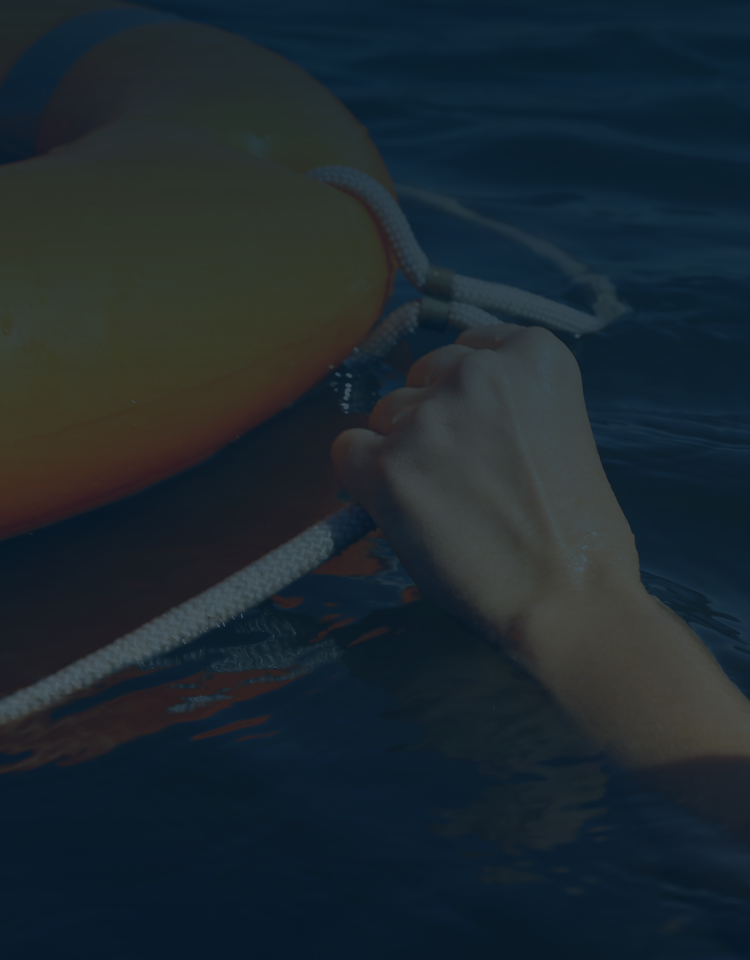Written By: Jamie Davison, Associate, and Emily Roti, Summer Student
Every year, people suffer from serious, and sometimes fatal injuries, due to water-related incidents. The Pan American Health Association reported that drowning is one of the leading causes of death globally for children and young people aged 1-24.
As National Drowning Prevention Week approaches, it is the perfect time to raise awareness about the legal responsibilities of Ontarians surrounding water safety. Whether you’re a parent, property owner, or operator of a public pool, drowning prevention isn’t just a moral obligation, it’s a legal one.
What Is National Drowning Prevention Week?
National Drowning Prevention Week occurs annually in July, and this year is held July 20, 2025, to July 26, 2025. It is a public education initiative led by the Lifesaving Society with the goal of reducing preventable drowning incidents through education, awareness, and community engagement.
With Canadian summers drawing families to backyard pools, lakes, and beaches, this week serves as a reminder that drowning prevention measures save lives and we all must play our part.
Drowning Prevention
Drowning is often fast and silent. It doesn’t always look like the flailing, shouting, and splashing we often think. A child can slip beneath the surface in less than 30 seconds, and it can happen in just a few centimeters of water.
Here are some basic water safety tips that everyone should follow:
Active Supervision
- Always maintain direct, uninterrupted supervision of children near water, even if lifeguards are present.
- Avoid distractions like phones or reading when supervising swimmers.
Install Safety Equipment
- Ensure fencing around pools.
- Install pool alarms and secure covers when not in use.
Teach Water Safety Skills
- Enroll children in swimming lessons.
- Educate children about pool rules, currents, and safe diving practices.
- Children and non-swimmers should always wear life jackets.
QUICK FACT:
In Ontario, children under 16 must wear Transport Canada-approved lifejackets on personal watercraft. Failure to comply can result in fines.
Learn CPR and Emergency Responses
- Immediate bystander CPR can increase survival rates in drowning incidents.
- Keep a phone and rescue equipment near pools or water access points.
Who is Liable in a Drowning Incident?
Drowning accidents can have consequences for those involved beyond the injured, especially where negligence is involved. In Canada, those responsible for maintaining a safe environment around water may face civil liability and in rare cases, criminal charges if their actions (or inaction) result in injury or death.
Homeowners and Property Owners
Homeowners and property owners have a duty to ensure the safety of individuals on their premises. This duty applies not just to public or commercial properties, but also to private residences.
Under Ontario’s Occupiers’ Liability Act, anyone who owns, occupies, or controls a property is legally required to take reasonable steps to protect the safety of visitors on their property. This includes invited guests, service workers, and in some cases, trespassers. The law recognizes that water can pose a risk, particularly to young children, and expects property owners to act accordingly.
Even natural bodies of water on private property such as a lakefront home may be subject to liability if the occupier fails to maintain a reasonable level of safety or fails to warn about known hazards. For example, if a dock has currents near the shore that are dangerous, property owners may be responsible for injuries or drownings that result.
Swimming Pool Operators and Lifeguards
Swimming pool operators have a duty to provide a safe environment for swimmers. This duty is governed by provincial and territorial regulations across Canada that set out minimum safety standards for supervision, maintenance, signage, and emergency preparedness.
Operators of public pools must ensure that qualified lifeguards are on duty during all open swim times, unless the facility has been specifically exempted by regulation. Lifeguards must be certified and trained in lifesaving techniques, including first aid, CPR, and emergency water rescue procedures. Simply having a staff member on site is not enough, an active lifeguard must be present.
In addition to providing lifeguard coverage, operators are also responsible for:
- Signage indicating pool depth, diving prohibitions, emergency instructions, and safety warnings
- Maintenance of safety equipment, such as flotation devices, first aid kits, and emergency phones
- Routine inspection and maintenance of pool facilities
- Ensuring the pool area is free of hazards, such as slippery surfaces, or unsecured drain covers
A failure to adhere to these duties may constitute a breach of the operator’s standard of care.
Lifeguards themselves carry their own responsibilities. They must always maintain vigilance, avoid distractions, and remain in designated positions to monitor all areas of the pool.
Camps, Daycares, and Schools
Camps, daycares, and schools are trusted to care for children during water-based activities, and therefore, and are both morally and legally obligated to implement safety measures to prevent accidents.
Organizations responsible for children during water-based programs must ensure that adequate supervision is always provided. This means maintaining proper staff to child ratios, especially in or around water.
Staff training is an important safety requirement. Camp counselors, daycare employees, and school staff should receive certifications in CPR, first aid, and should be familiar with emergency response procedures. Staff must be prepared to act quickly and effectively in the event of a water emergency.
Many provinces in Canada have established guidelines or regulations such as the Ontario Physical Safety Standards in Education, The Ontario Camps Association Standards, and the Child Care and Early Years Act, that require child-focused institutions to conduct risk assessments before organizing water activities, such as securing parental consent, and ensuring access to qualified lifeguards when using pools, lakes, or other water related facilities.
Failure to follow these best practices can make organizations liable if a child is injured or drowns due to negligent supervision or unqualified staff. Courts have outlined a duty of care owed by schools, camps, and childcare providers, to the children under their supervision, and have held organizations accountable when insufficient supervision or safety protocols were found to be contributing factors in preventable drowning incidents.
What to do After a Drowning Incident
If a drowning or near-drowning occurs, the physical and emotional, can be overwhelming. Families may be entitled to compensation for damages if negligence is found.
First, you should seek immediate medical care and document injuries and diagnoses. Then, gather evidence, including photos, witness statements, and incident reports. It is important to consult a personal injury lawyer to understand your rights and potential claims.
If you or someone you know has been affected by a drowning incident, contact McLeish Orlando. We have extensive experience supporting families who have suffered devastating losses due to preventable drowning accidents.





